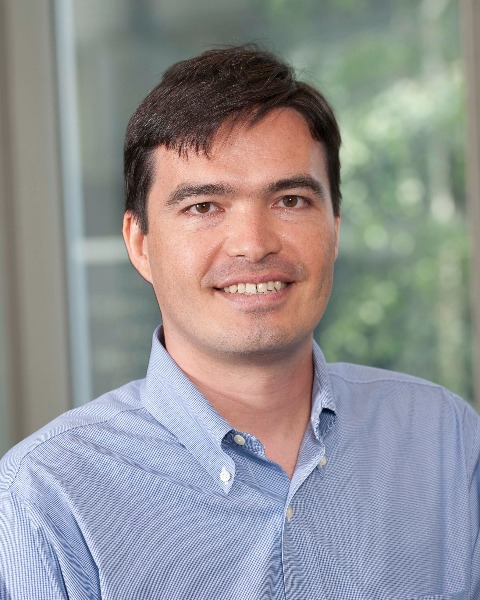Interventional Oncology
Characterizing the Anti-Tumor Immune Response to IRE vs Thermal Ablation Therapy in an Immunocompetent Oncopig Model of Hepatocellular Carcinoma
.jpg)

Edward E. Boas, MD, PhD
Physician
City of Hope- MC
Monica Cappelletti, PhD
Adjunct Assistnat Professor, Pathology and Laboratory Medicine
UCLA 
David S. Lu, MD (he/him/his)
Professor of Radiology, and Surgery
David Geffen School of Medicine at UCLA
Steven S. Raman, MD, FSIR
Professor of Radiology, Urology and Surgery
David Geffen School of Medicine At UCLA- EL
Edward W. Lee, MD
Associate Professor
University of California, Los Angeles 
Jason Chiang, MD, PhD (he/him/his)
Assistant Professor
Interventional Radiology, UCLA
Presenting Author(s)
Author/Co-author(s)
Materials and Methods: In-situ liver tumors were induced in a transgenic immunocompetent porcine liver model (2-4 tumors in each liver) with Cre-recombinase induced TP53 and KRAS mutations (Oncopig). Oncopigs were separated into three treatment groups (n=2), each undergoing either MWA, cryoablation or IRE treatment of a single liver tumor under US or CT guidance. Pre-, immediate post- and 1-week post ablation imaging was performed to evaluate treated and non-treated tumor growth. At each time point, venous blood was also drawn and assayed for critical cytokines related to anti- or pro-tumor immune response. Systemic cytokine levels were correlated to targeted and off-targeted tumor volumes after each time point.
Results:
Liver tumors were induced at an 83.3% (20/24) success rate. Treated tumors decreased by an average 7% in volume across all treatment modalities on 1-week follow-up imaging. Off-target tumors increased by volume by 71.7% with IRE, 13.6% with MWA and 1.4% with cryoablation. On 1-week blood samples, IRE treated pigs demonstrated lower circulating concentrations of pro-inflammatory IL-2 cytokines when compared to cryoablation (10.9 vs 40.7 pg/mL; p=0.051). There was no difference in IL-2 levels between MWA and cryoablation-treated pigs (40.7 vs 42.4 pg/mL; p=0.97).
Conclusion:
The pro- and anti-tumor immune response is dependent on the type of ablation modality. IRE had the lowest levels of inflammatory marker IL-2 and the lowest degree of tumor control in off target tumors at the one-week time point. Modulating inflammatory pathways via these cytokines after IRE may potentially play a role in amplifying the abscopal effect in liver tumors.

.png)
.jpg)
.jpg)
.png)
.jpg)
.png)
.png)
.png)
.png)